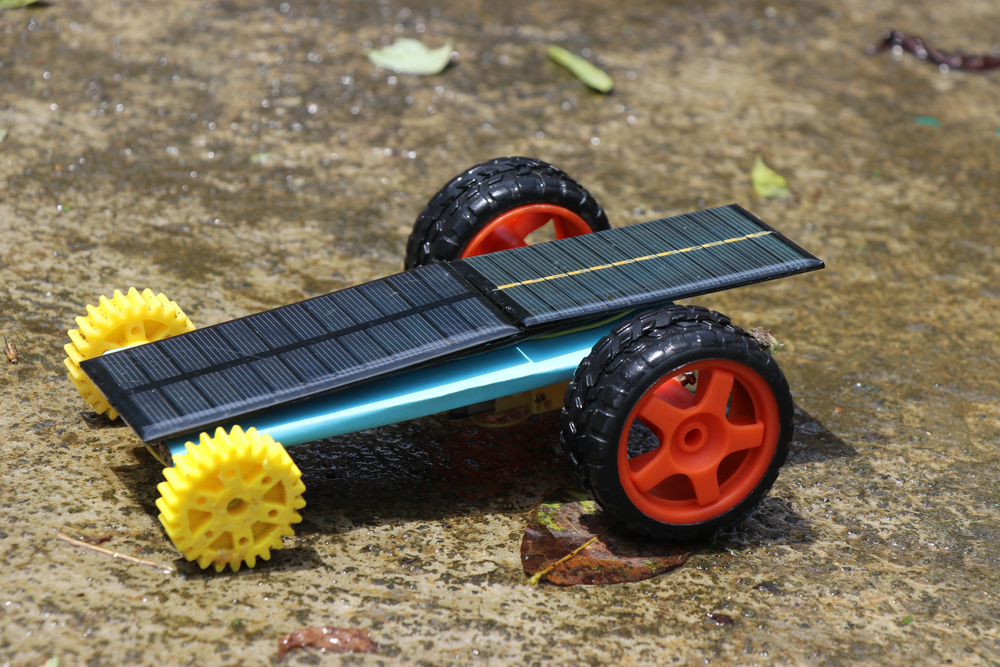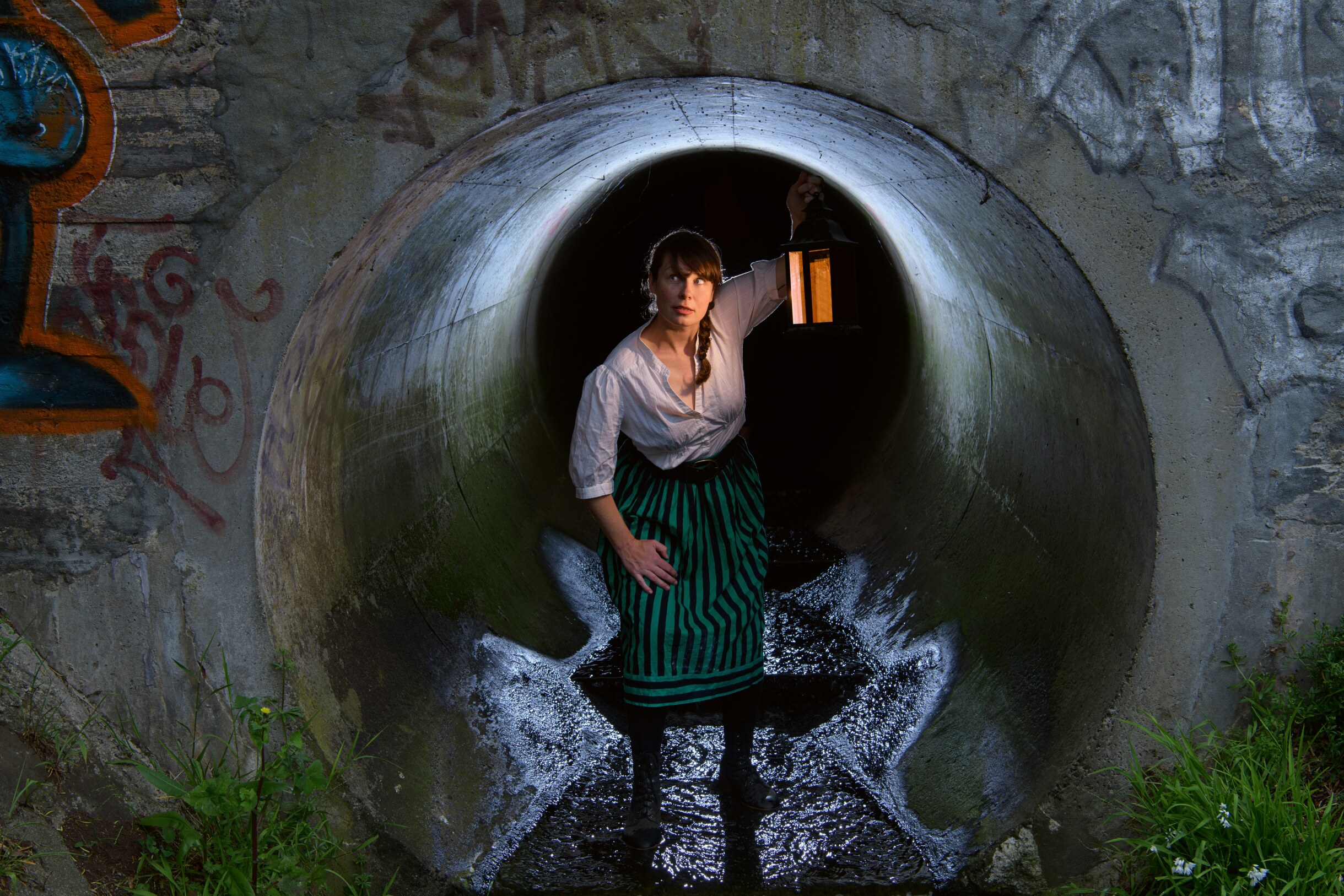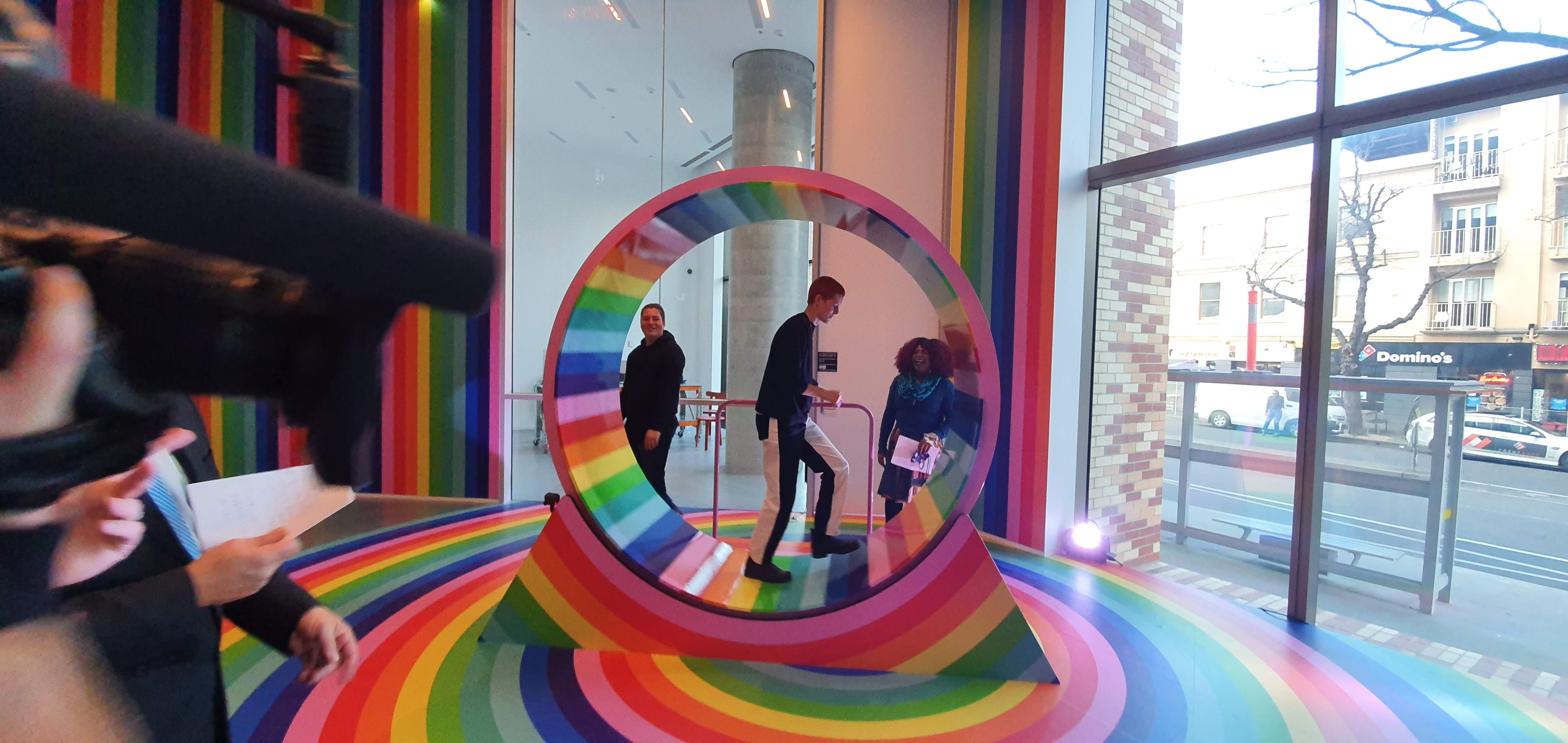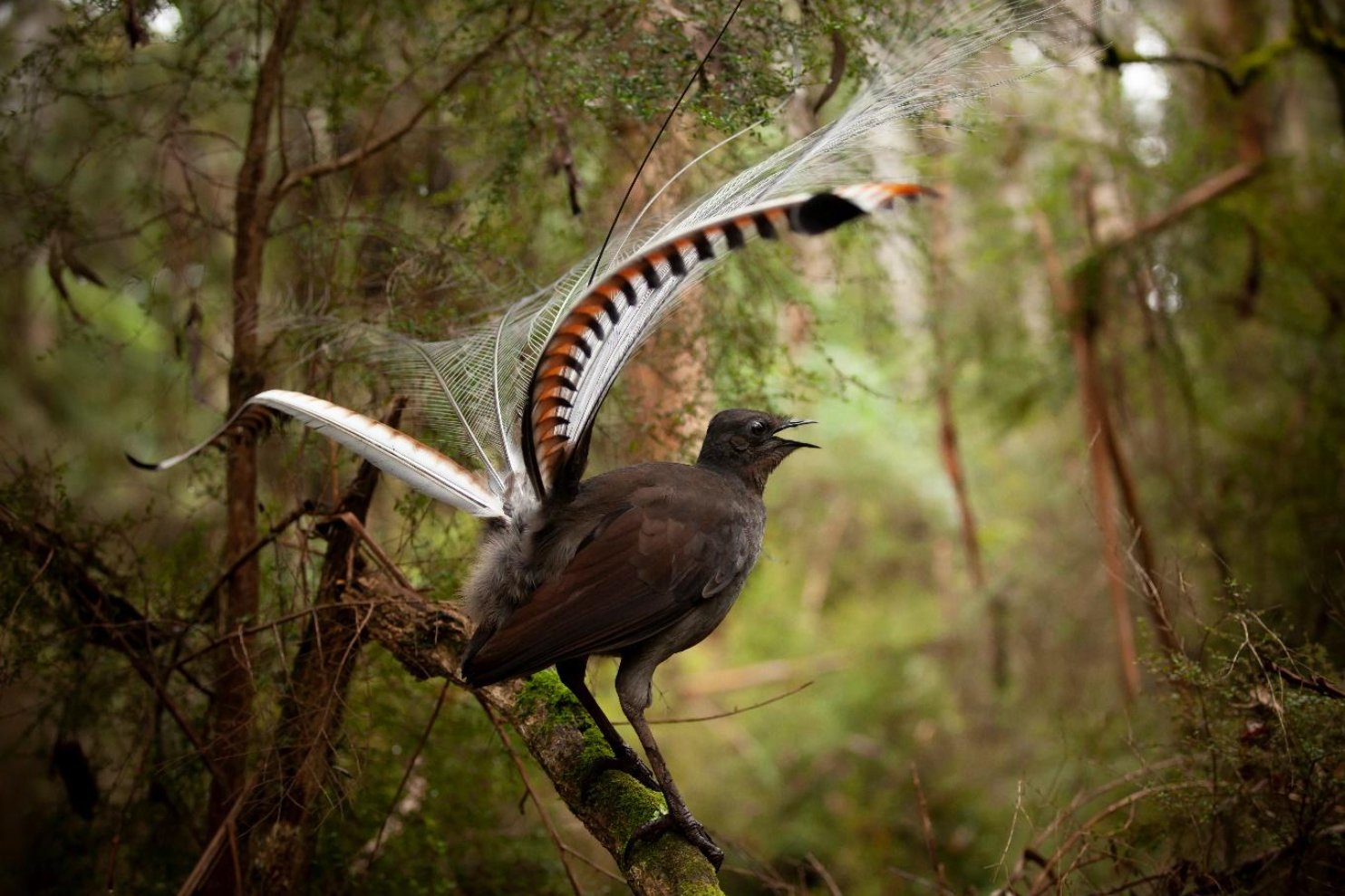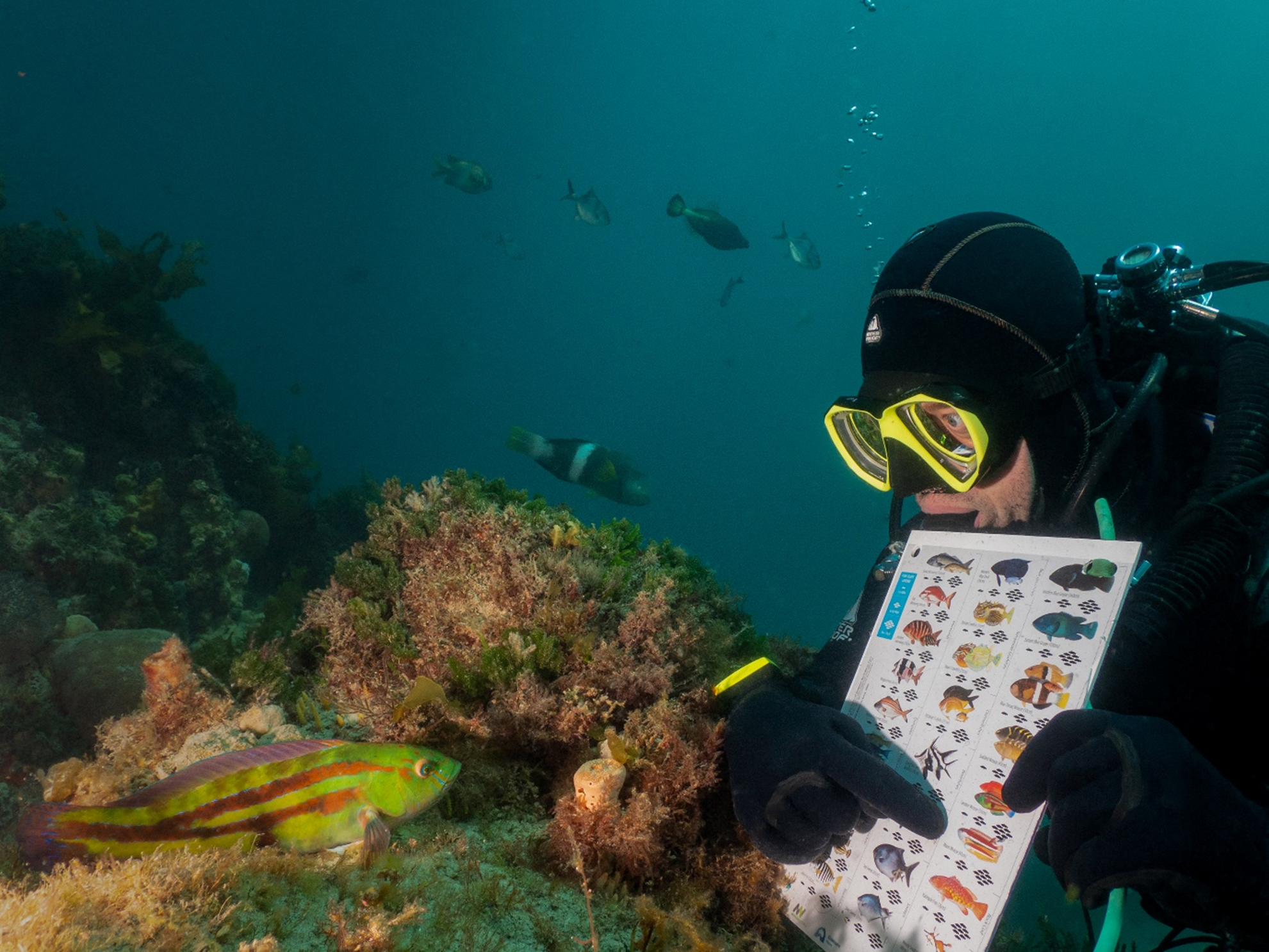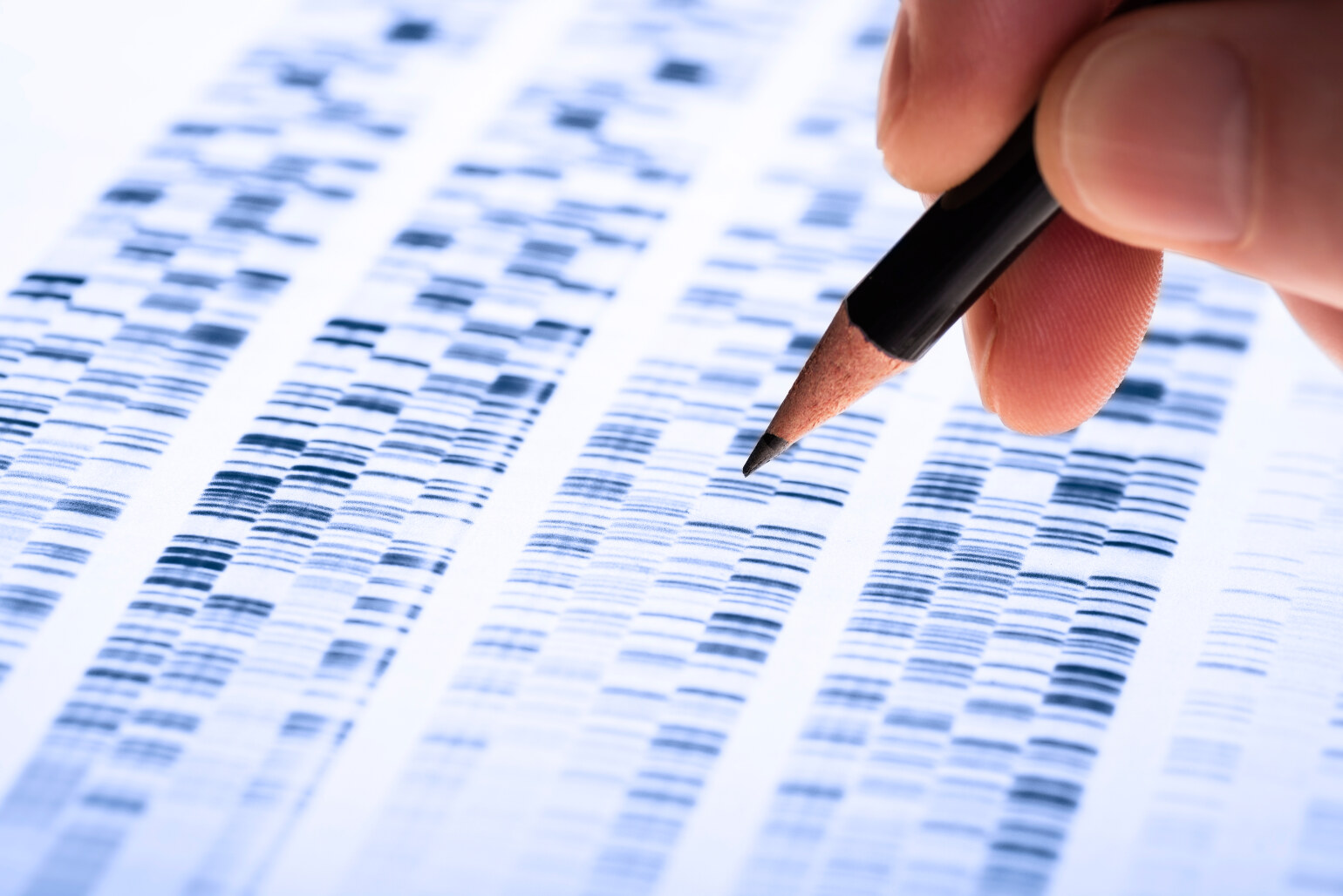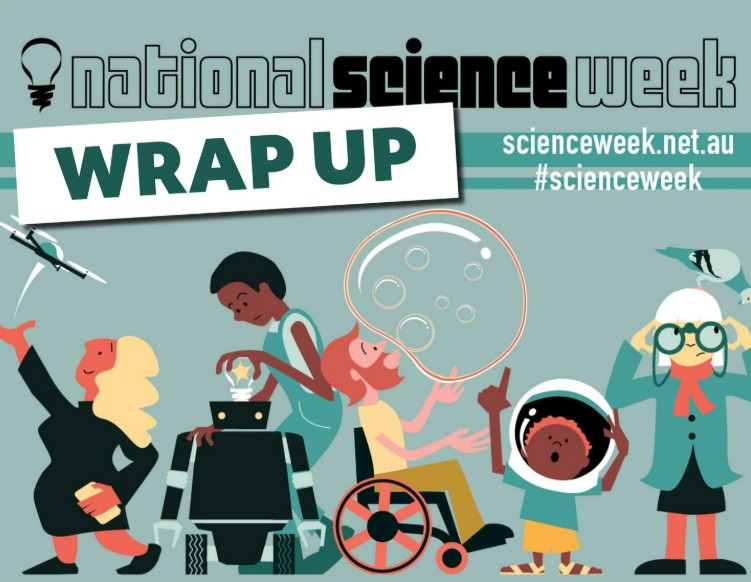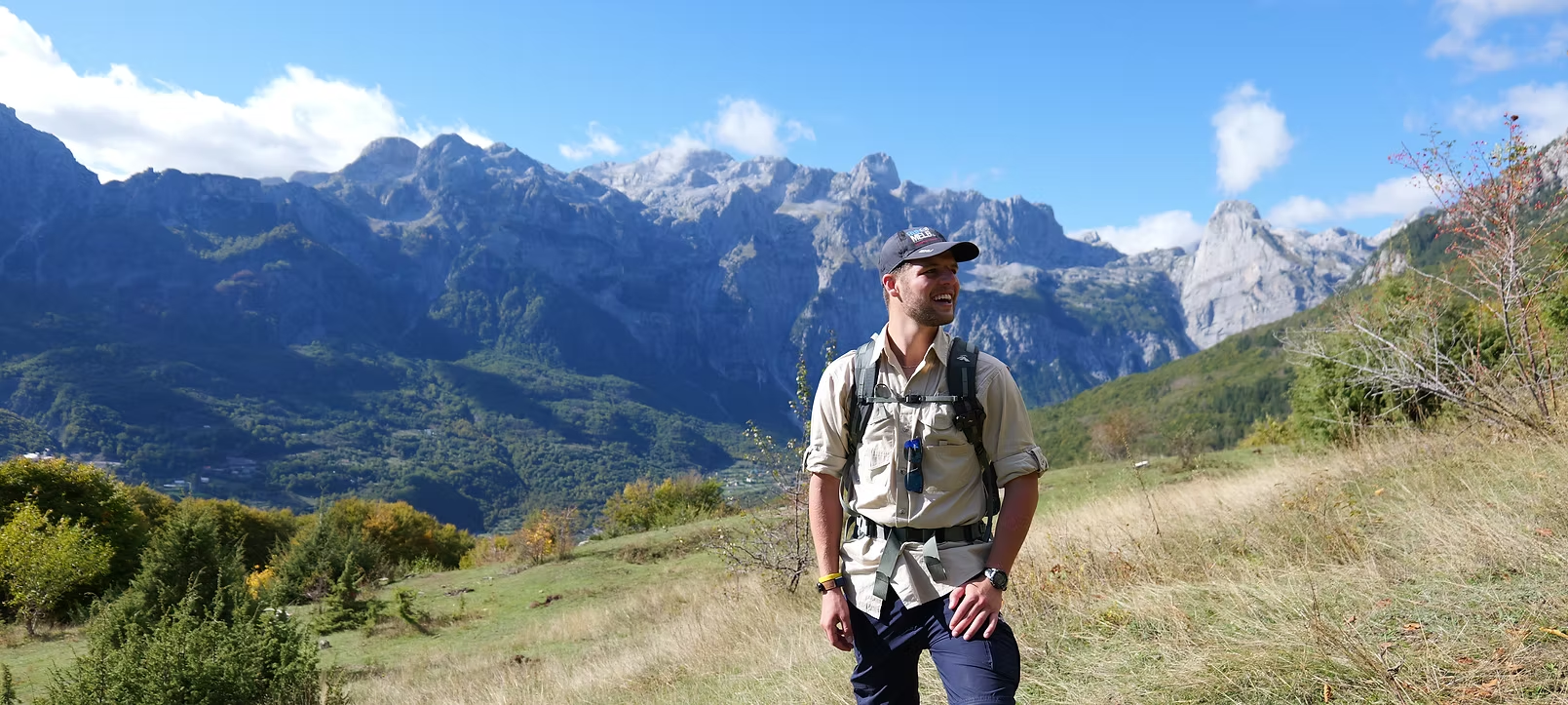Research is not finished until its story is told
Science Victoria Edition
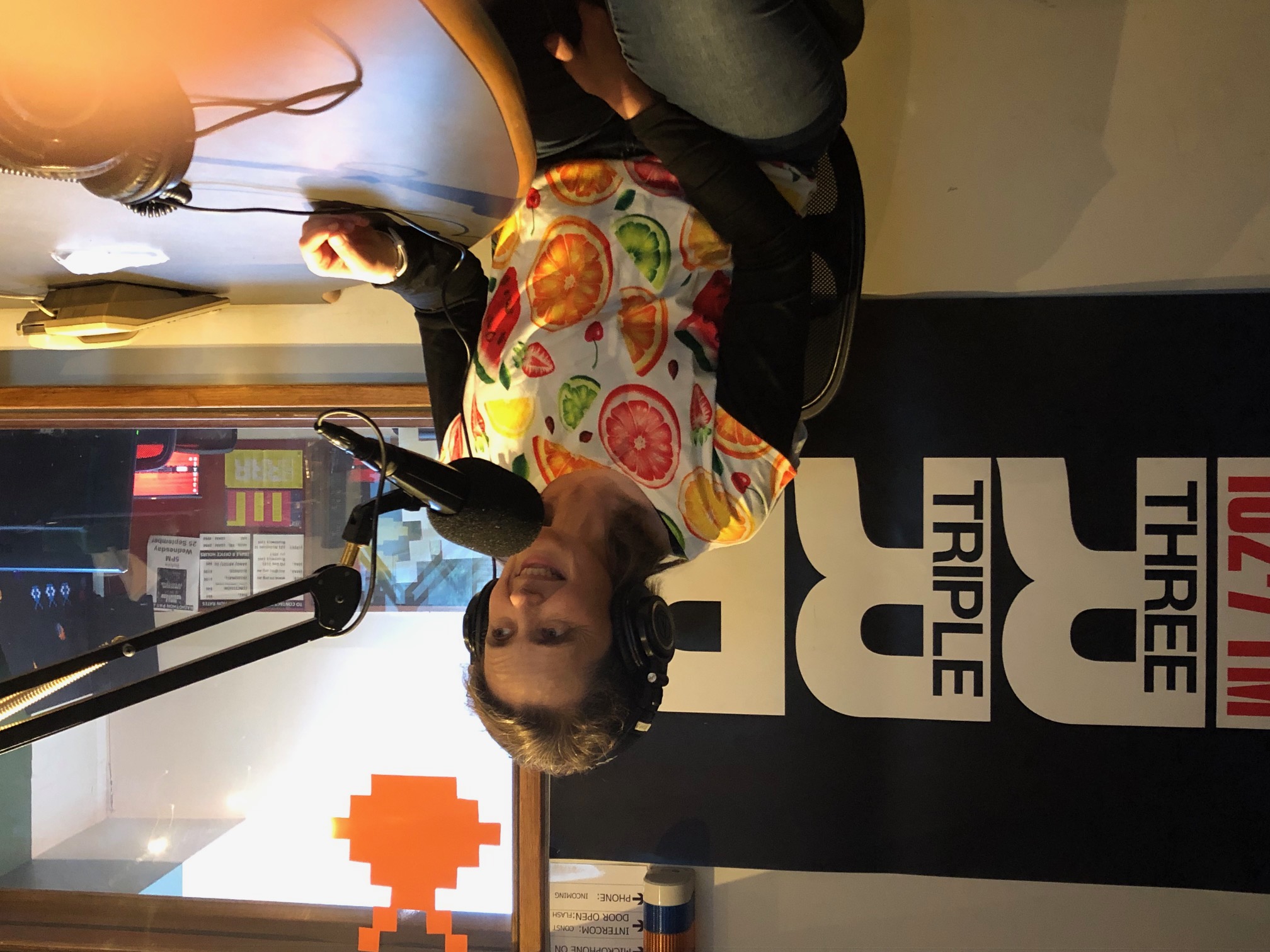
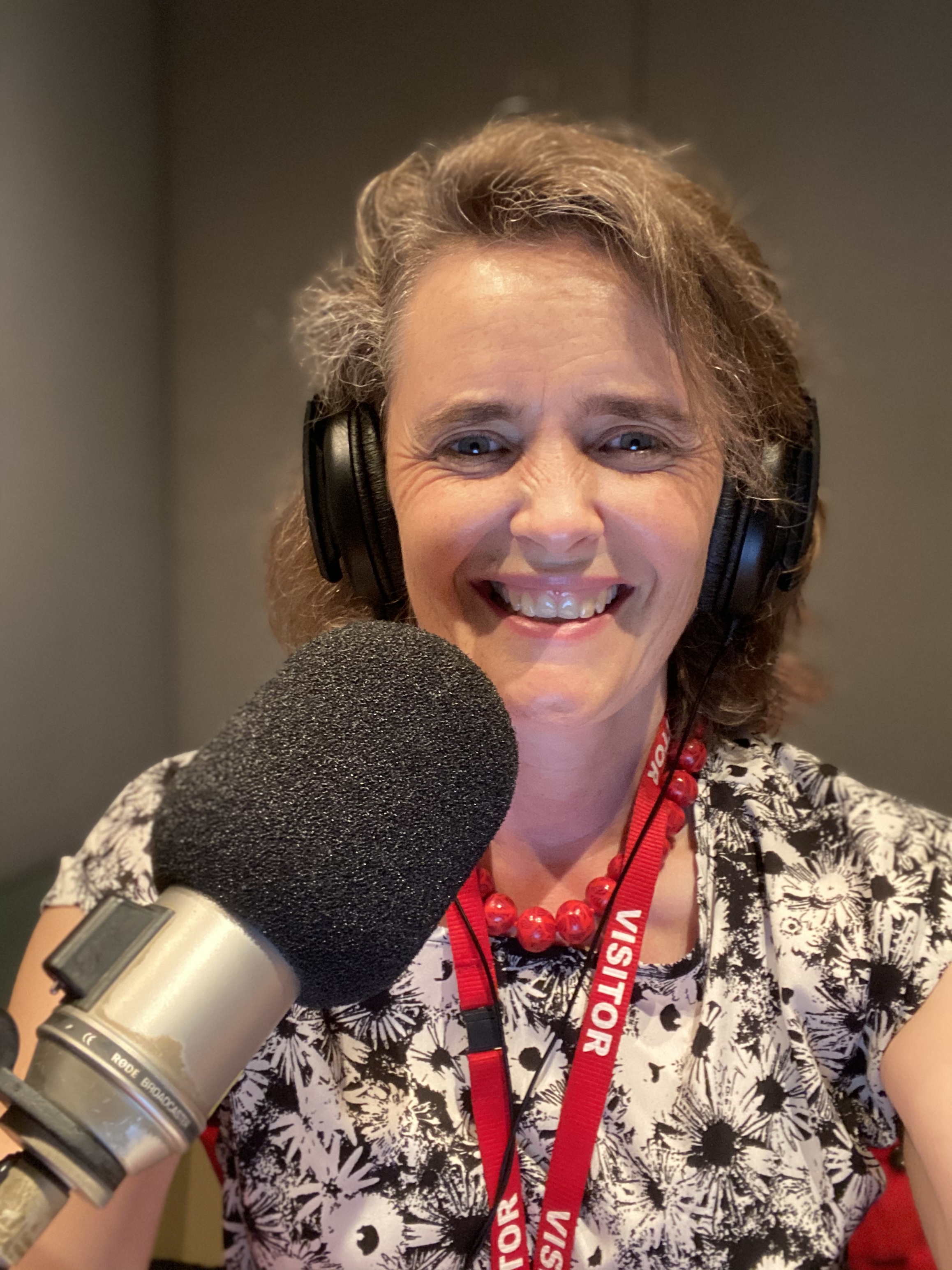
Science Communication Teaching Program, University of Melbourne
After completing my PhD, I should have felt triumphant. Instead, I was frustrated. It was not because of the usual hurdles − I was fortunate to have a job lined up and my PhD examination was relatively painless − but rather because I did not know how to share what I had discovered.
I had spent years trekking day and night through the forests of the Strathbogie Ranges in north-east Victoria documenting the social and mating behaviour of a little-known species of possum, the mountain brushtail possum or bobuck. My research revealed surprising patterns, and showed how selective logging and other human pressures were changing the way these animals lived.
I was proud of my work. But when it came time to share my discoveries, I realised I had no idea of how to reach the people who mattered most: the farmers, foresters and land managers who were shaping the possums’ world.
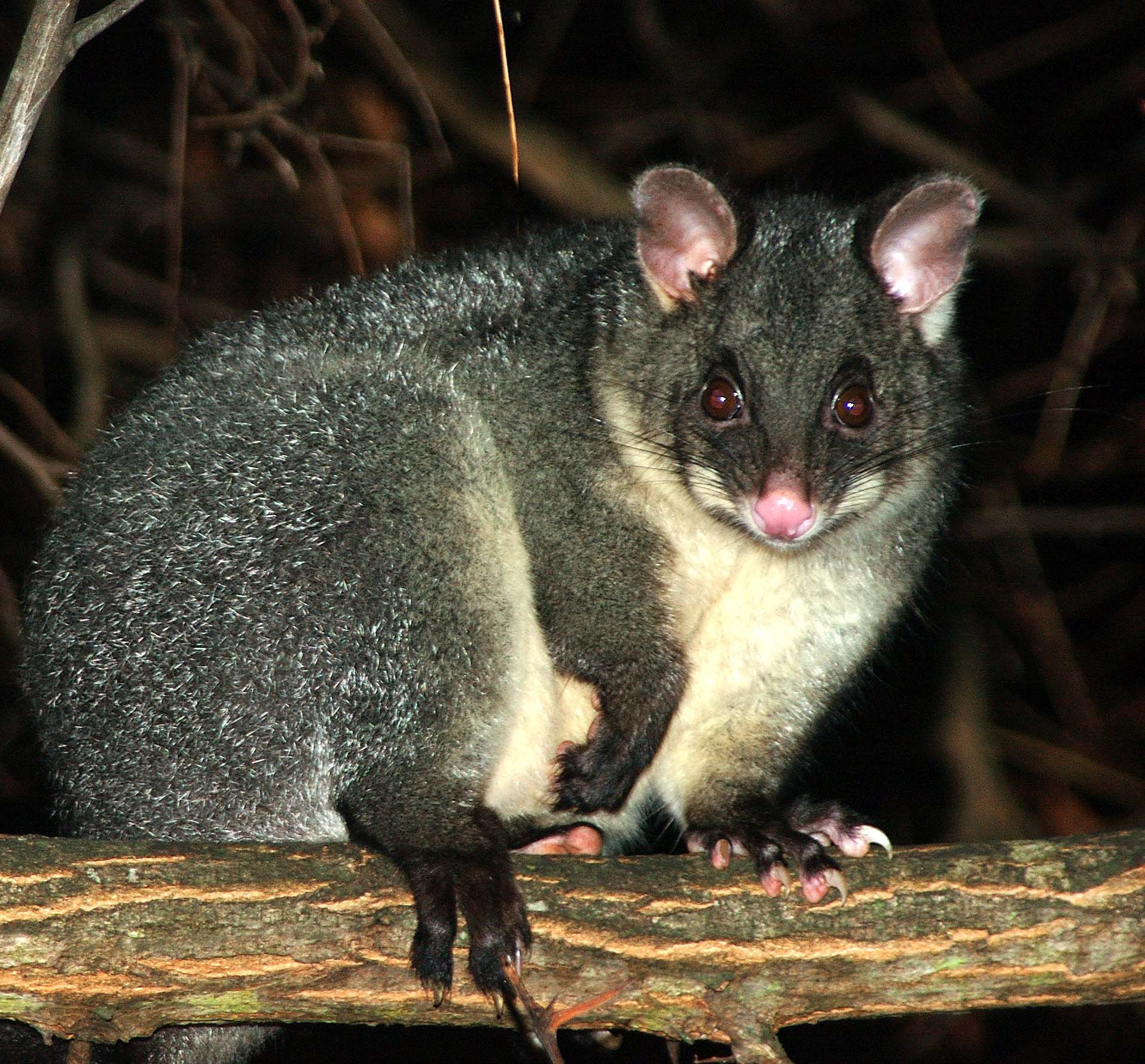
Hence my frustration. I had not been trained to bridge the gap between academia and the broader community. The people to whom I most wanted to speak were not going to turn up at academic conferences or pay to read long journal articles full of jargon. And in all my years of scientific training, no one had ever talked to me about how to communicate research beyond the lab.
Soon after, I was lucky to stumble across an opportunity that changed everything: a program called Fresh Science. It took early career researchers out of the lab and shoved them into pubs, classrooms and newsrooms, teaching them how to tell their stories in ways that resonated.
I came away with two life-altering realisations. First, communication is a skill and, like any skill, it can be learned with practice and feedback. Second, I did not want to bury myself in one narrow area of research. I wanted to write and talk about science in all its forms.
Those insights reshaped my career. Instead of staying in biodiversity conservation, I set out to give science students the communication training I had never received. The case for it was obvious: employers consistently list communication among the skills most in-demand. Without it, research rarely makes a difference in the real world.
Communication Skills by Osmosis?
At the university where I was teaching biology, wildlife ecology and conservation, I started asking a simple question: “Why don’t we explicitly teach communication to our science students?” The common answer I received, especially 20 years ago, was that students would “pick it up by osmosis”. But I have studied chemistry, and I know that’s not how osmosis − or skill development − works.
It took time, persistence and the support of some truly outstanding allies, but I’m happy to report that these days, the science students I teach are given access to science communication training. At the University of Melbourne I lead an amazing team of five scientists from a variety of disciplines and together we teach hundreds of science students every year – both undergraduate and graduate – how to communicate their science in many different ways to interdisciplinary scientific and lay audiences. Many students say our communication classes are the best, and most useful, part of their degree.

Clarity, Humour and Impact
What do we cover? How to write with clarity, and how to capture the attention of an audience from the first line of a talk or article.
And it makes a real difference. Whether it be in applying for research funding, using social media as a professional tool, giving better talks - including radio and podcasts, communicating with policymakers, or making the most of conferences. We teach students to tell stories about science rather than drown people in loosely connected facts.
We also tackle the human side of research, the common challenges like procrastination, perfectionism, and imposter syndrome. And we invite many guests to share their expertise. We give our students opportunities to undertake internships, becoming involved with real-world science communication projects with many different partner organisations. Beyond our classrooms, we run workshops for scientists at every career stage, from graduate researchers to leaders of large research teams.
This training is part of a wider, global shift. More science degrees now include coursework on communication. Competitions like FameLab, Three Minute Thesis (3MT) and Visualise Your Thesis (VYT) push researchers to condense years of work into moments of clarity, humour and impact. The momentum is clear: communication is no longer seen as optional.
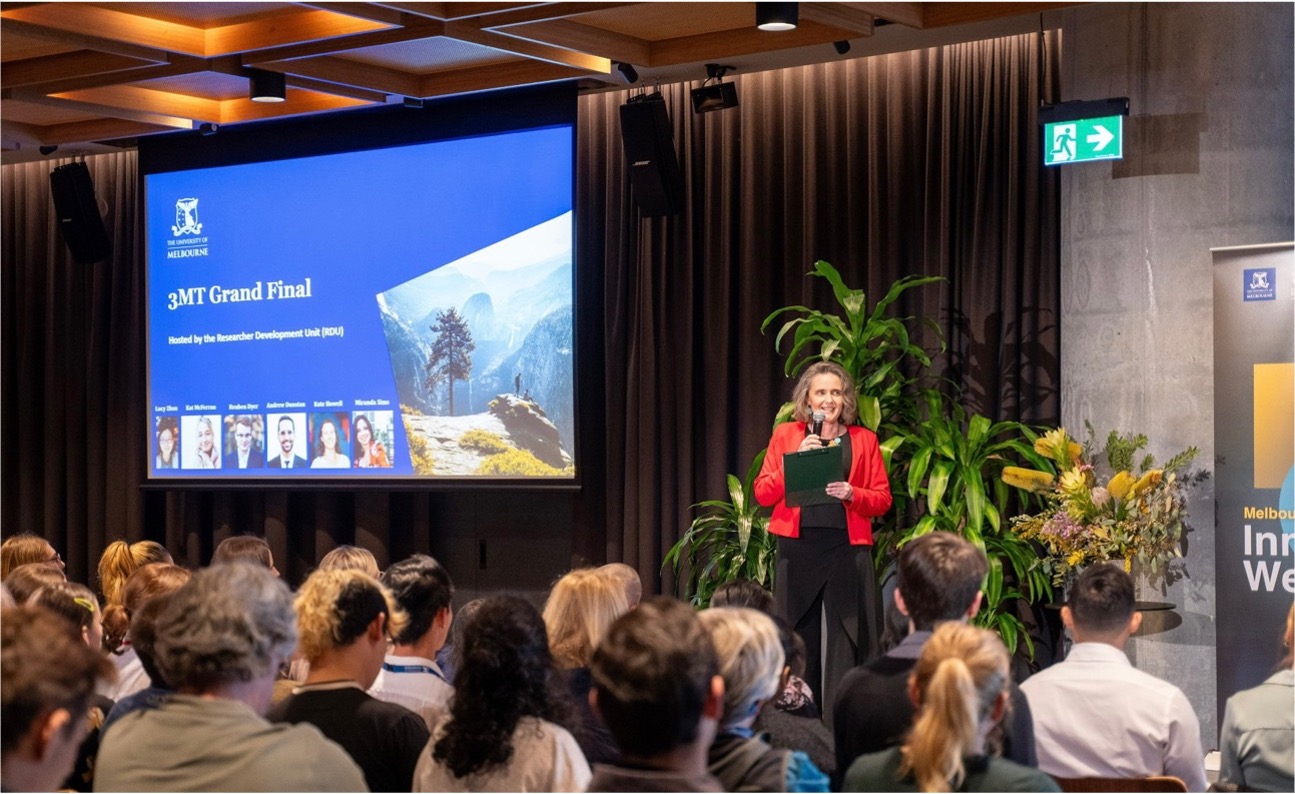
The Rise of Misinformation
And the stakes have never been higher. The pandemic showed us that sequencing a virus is only part of the solution; if we cannot communicate what it means, misinformation rushes in to fill the gap. The climate crisis and biodiversity crisis remind us daily that evidence on its own does not move societies – words, stories and human connection do.
And in Australia, where most research is publicly funded, communication is also a matter of responsibility. Taxpayers deserve to know not just what researchers have done, but why it matters. Without training, most researchers struggle to bridge that gap because they have been taught to communicate solely with other scientists.
If there is one thing I have learned, it’s that effective and engaging communication is not the garnish on science - it’s an essential part of the recipe. As the former UK Government Chief Scientific Advisor Sir Mark Walport put it, “Science isn’t finished until it’s communicated.” Funding research is not enough. Publishing papers is not enough. We need to tell the stories of what we discover - clearly, honestly, and widely.
If you are a scientist, make space for such communication: practise in lab meetings, say yes to a radio interview, write for The Conversation, brief a policymaker. If you are an educator or employer, teach it and reward it. If you are a funder or decision-maker, resource it and expect it. And if you are simply curious about the world, invite scientists into your spaces and keep asking them questions. Step by step, conversation by conversation, this is how good research becomes public good.
Discover how you can join the society
Join The Royal Society of Victoria. From expert panels to unique events, we're your go-to for scientific engagement. Let's create something amazing.




